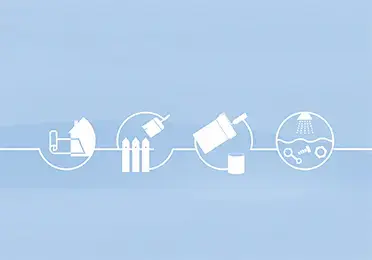
Our kerosene hydrocarbon solvents
Obtained by petroleum refining, kerosene results from drawing off a cut during distillation with an initial boiling point (IBP) between 150 and 180°C and a final boiling point (FBP) between 225 and 250°C which must be sulphur-free.
Kerosene is mainly used in the production of aviation fuels (turbojets and turboprops). It is also the main component of additives for cars (injector cleaning, etc.).
Once hydrorefined, kerosenes are used in a variety of specialty applications.
Kerosene hydrocarbon fluids applications:
These products are particularly recommended for the following industries:
- Resins
- Paints
- Cleaning products
- Grease-removing products (in dispensers or tubs)
- Pest control products
- Metal-working, etc
Ultra low aromatic-content kerosene KETRUL®
The second family of KETRUL® hydrocarbon fluids comprises hydrogenated kerosenes with drastically reduced aromatic content. This reflects TotalEnergies Fluids’ ambition to offer products with toxicological and ecotoxicological values below those required by legislation in force.
These products contain very low levels of aromatic compounds, thus offering greater flexibility in product formulation.
Which KETRUL Solvents should you choose?
The choice of kerosene will depend on the required flash point and evaporation rate.
These solvents are particularly recommended for the following industries:
- Paints, especially paints requiring extended opening time
- Wood preserving (the slow evaporation rate allows for greater penetration into the wood)
- Grease removal (the high flash point makes these products safe to use)
- Metal-working (rolling, corrosion-prevention fluids, etc.)
For uses requiring a slow evaporation rate, choose KETRUL® D85, KETRUL® 220 or KETRUL® D100 which have a high flash point.
KETRUL® D100 does not generate volatile organic compound (VOC) emissions. KETRUL® D100 is classified as non-VOC according to the definition of directive 2010/75/EU for use at 20°C if its vapour pressure is <0.01kPa.
Do not hesitate to contact us if you require any further information